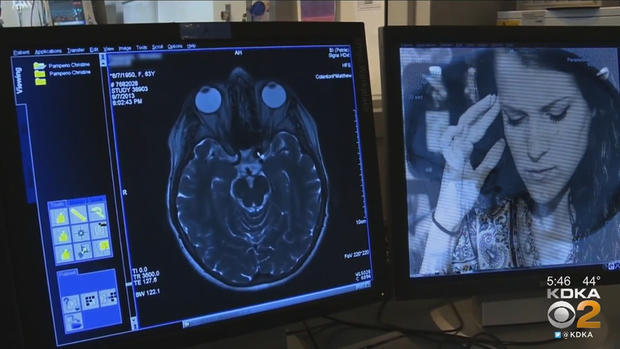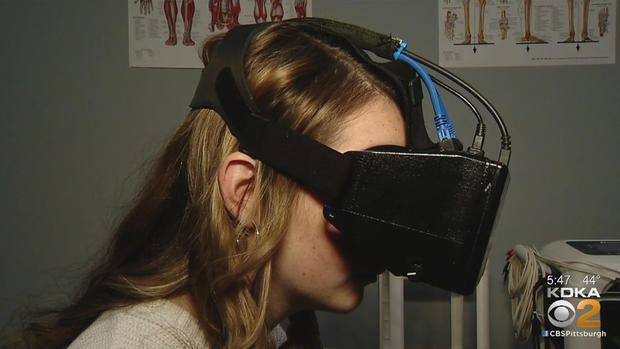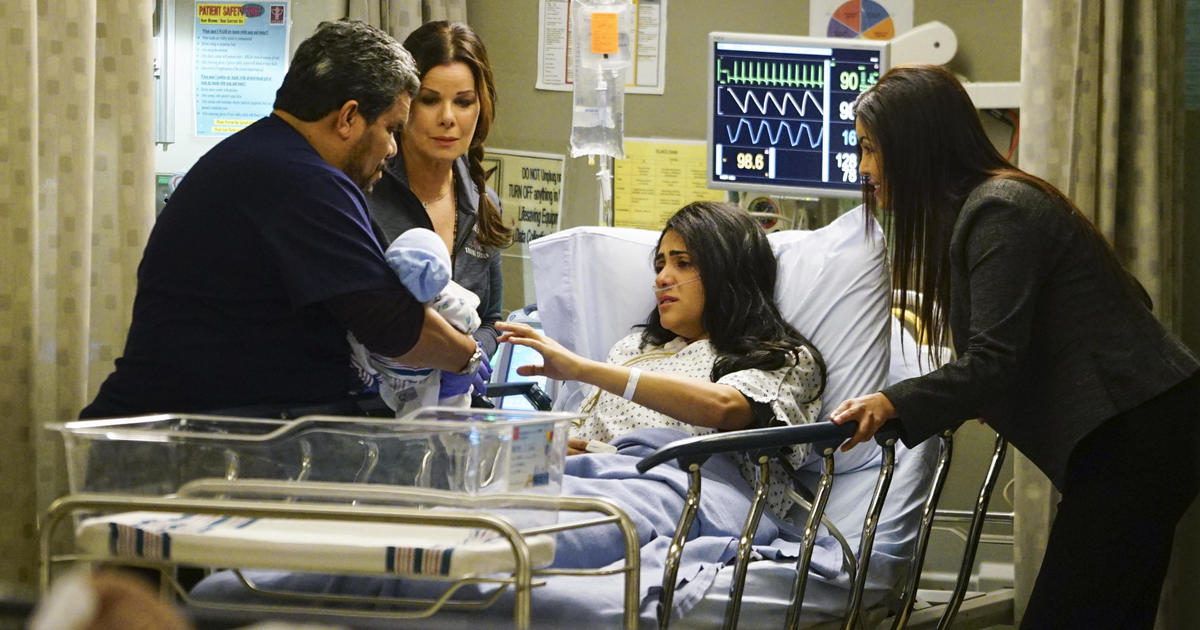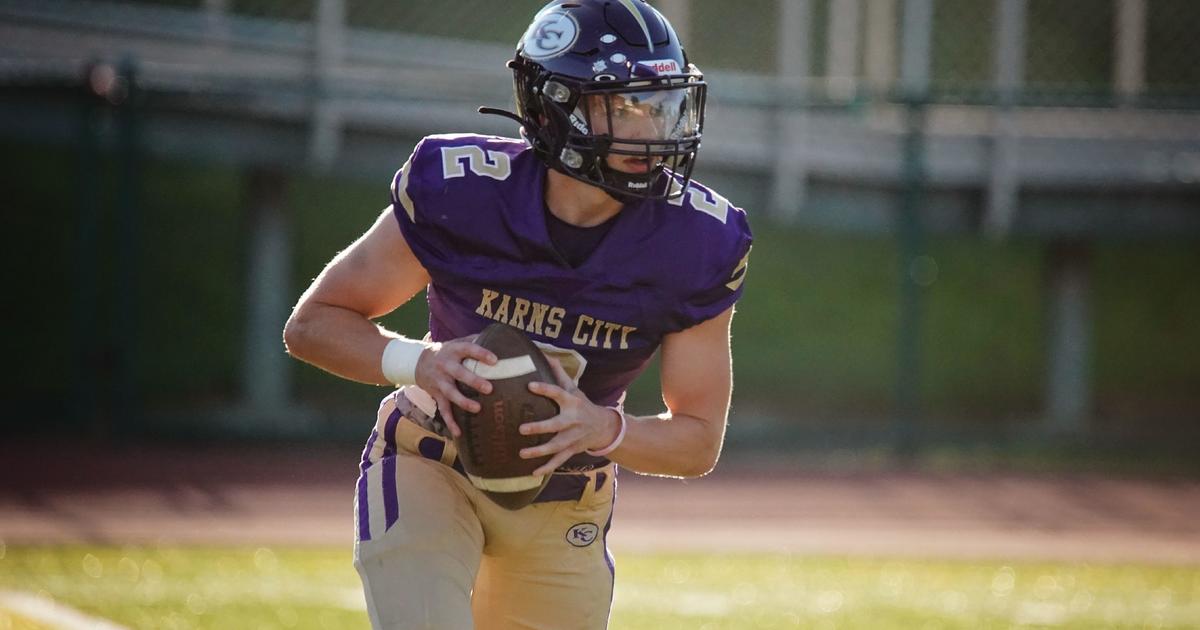New Device Uses Eye Movements To Measure Concussions In Patients
Follow KDKA-TV: Facebook | Twitter
PITTSBURGH (KDKA) -- Bella Adkins is a gymnast and cheerleader, but then a concussion from snowboarding put her on the sidelines.
"When I came home, I was like, I think I need to get checked out. I could tell something was wrong," said Bella. "Any light or sound that was loud or bright really affected me. I can't really focus on one thing without my mind going somewhere else."
She was crushed.
"I can't even go to, like, the cheerleading games, because it's really loud and all the bright lights," she said.
Her pediatrician recommended physical therapy, and Bella came to River Therapies.
It's currently the only place in the Pittsburgh area using a new device called the I-PAS. It uses eye movements to give the therapist an objective measure of impairment and progress.
It measures eye movements such as tracking a smoothly moving target, and shifting quickly between two different targets. Also, the device can check reflexive eye movements when a person looks at moving stripes.
"They're things that can't be faked," said John Schneider, a physical therapist at River Therapies.
The most commonly used assessment tool for concussion is a questionnaire called SCAT5. It's a checklist with items like memory, thinking, past medical history, spine assessment and level of consciousness. But it has its limitations.
"All the symptoms are just self-reported," Schneider said.
People may downplay symptoms just to get back to work or sports, or they'll overplay symptoms if they have a lot of anxiety about their concussion.
People really like the printouts that they get at the end, that show the numbers and the graphs and they can see how they're responding, and understand their condition better," Schneider said.
A practice can purchase the unit for $20,000, and it's portable. For patients, it's covered by insurance.
"This is part of the physical therapy treatment plan," said Cherie River, of River Therapies.
Doctors at Allegheny Health Network contributed to the study behind the device. All the athletes at schools that contract with AHN had baseline testing.
The doctors were able to compare 170 athletes without concussion to 50 with concussion.
"What we found is there are a number of eye movements that were abnormal," said Dr. Kevin Kelly, an AHN Neurologist. "This is something objective in our hands and allows us not to rely entirely on the patient's report of symptoms, which sometimes can be misleading."
A caution, though. No one single tool or device is standard concussion treatment. These are all designed to enhance the care, but not define it.
"We can do other things in the gym to compliment that and work specifically on what they need," said Schneider. "They seem to be getting better faster."
Bella has been getting therapy twice a week for the past two weeks. Already, she notices a difference.
"It's actually helped my balance, I think," she said. "Light still affects me, but not as much as it used to."





